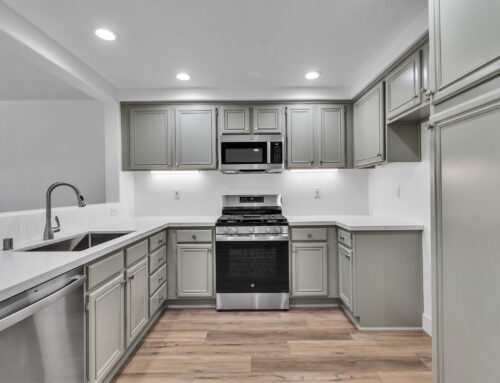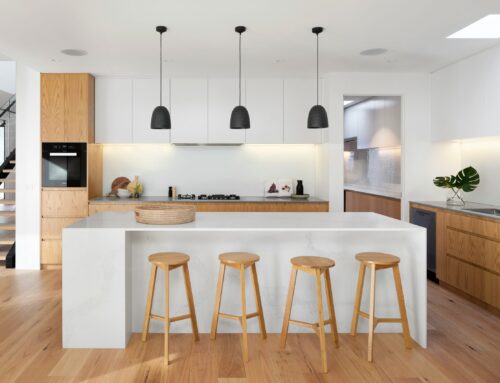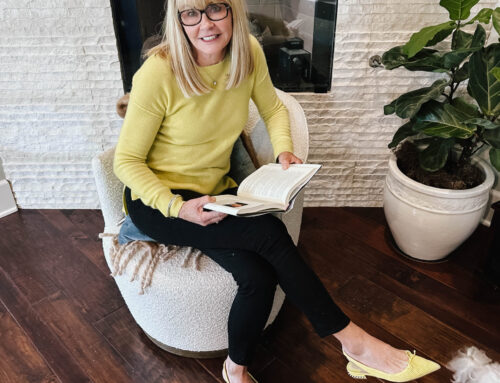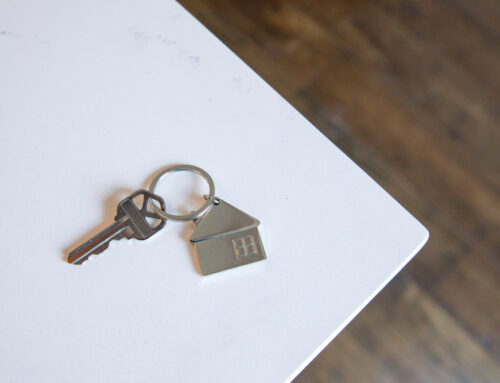“Down payment”: It’s amazing that these two little words have such a profound influence on your homeownership process—and your life! Ask most people what is an acceptable down payment on a house, and nine times out 10 they’ll tell you it’s 20% of your home’s selling price. So you do the math, figure you’d have to put down $50,000 on a $250,000 house, and break out in hives when you realize that the chances of your getting out of that tiny one-bedroom apartment are slim.
The good news is that the 20% figure is common, but it’s not set in stone. Sure, there are many reasons why you should make a 20% down payment on a house, but most banks will allow you to put down less—and yes, you can put down even more if you’re feeling flush.
Let’s take a look at the pros and cons of making a number of different down payments on a house.
When your down payment is 20%
It might sound like a huge chunk of change, but you’ll ultimately end up paying less if you make a 20% or higher down payment on a house. That’s because when you put 20% down, you won’t have to pay mortgage insurance, which can add several hundred dollars a month to your house payments.
“Mortgage insurance exists because the lender … assumes additional risk when a homeowner’s equity stake is small,” mortgage banker Craig Berry explains in The Mortgage Reports.
Both private lenders and the Federal Housing Administration have mortgage insurance plans. No matter which you chose, you’ll likely have to pay a one-time fee upfront and then another amount of money that will be tacked onto your monthly mortgage.
The only good thing about mortgage insurance is that it doesn’t last forever. When your loan-to-value ratio is 80% (or you have paid the equivalent of 20% of your home’s value), you can ask your lender to stop charging you for the insurance. Once the loan-to-value ratio reaches 78%, the lender is legally obligated to cancel it.
Another advantage of making a 20% down payment on a house is that that’s often the magic number at which point you’ll get a more favorable interest rate. So you can see the various advantages to saving up for that 20% down payment if it’s possible.
When your down payment is under 20%
If you are unable to make a 20% down payment, there are many lenders that will allow you to make a smaller down payment on a house. Among them is the FHA, which offers mortgages with as little as 3.5% down, if your annual income is under a certain amount that varies by market. There are even some lenders, like the U.S. Department of Agriculture, that allow you to put 0% down, but eligible homes are usually in rural areas, and your income must meet certain low requirements.
Although you can find decent terms when you put less than 20% down, remember that since you’ll be financing a greater amount, no matter how favorable the terms you negotiate, your payments will be higher and you’ll be paying more interest, so the home will ultimately be more expensive.
—
Originally published on Realtor.com






